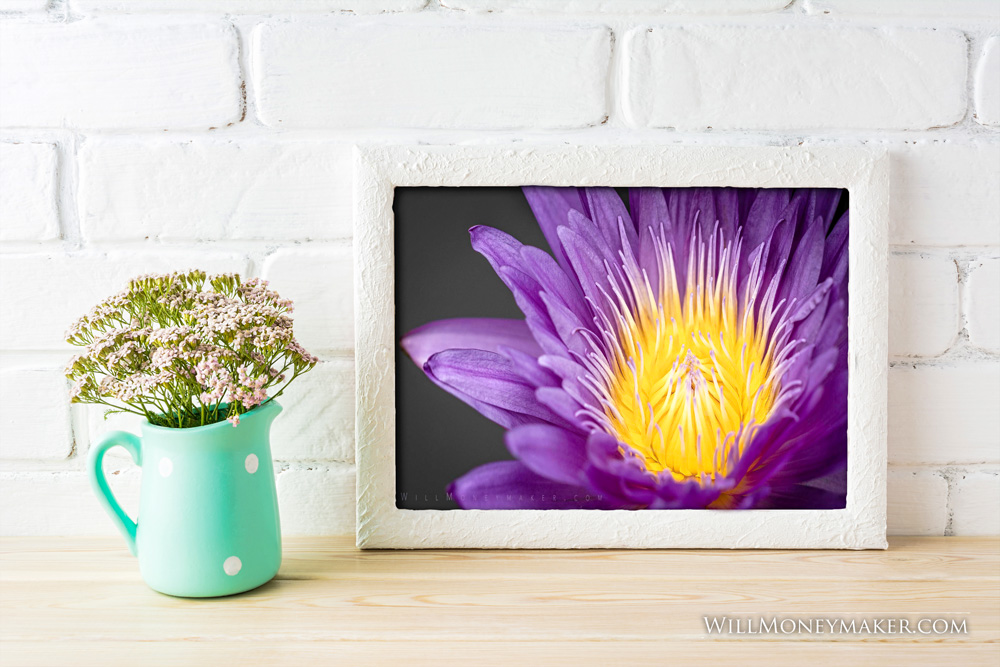Sometimes you have odd thoughts while out enjoying the day—and this is one of those times. Today, I’m thinking about motion, and how adding motion to photographs wherever possible is a great way to make them more dynamic and thus more visually interesting.
But, there are some problems with this. One issue is that there are a couple of go-to tactics that we use to add motion. These include relying on motion blur, like when we would photograph a speeding car against a blurred background. It’s an effective technique because were we to freeze-frame that car, it would look like it was simply standing still.
The other tactic is that freeze-framing I mentioned, which is when we photograph an object obviously in motion without the motion blur. An example of this is when you photograph someone running or jumping with perfect clarity.
Both of these tactics are good tactics to use—but with only two of them, it can get a little bit boring if we’re always relying on them.
Another issue with this is that I think sometimes we avoid motion blur when we could actually be using it to enhance our photographs. How many times have you stood perfectly still in a field or forest waiting for the wind to die down so that leaves aren’t blurring in the final image? Or you adjust camera settings to increase the shutter speed and stop any motion—if there is enough light to do so, anyway.
What happens if we embrace these unusual opportunities to use motion blur? Is it really a bad thing to occasionally capture those blurred leaves so that we can tell the story of the wind rippling through them? After all, we rely on motion blur to create smooth waterfalls and water effects not only because it’s a beautiful, almost impressionistic effect, but because it immediately gives us a sense of the water’s motion.
What about going beyond motion blurs and freezing objects in motion? Are there other techniques that can give motion to our images? Off the top of my head, there are a couple of ways that I can think to do this.
One would be to use graduations of color or shade. Let’s use the example of a portrait. In this portrait, the backdrop could start lighter on one side and progress to darker on the other side where the portrait’s subject stands. This gives the image flow, which is a type of suggested motion. Our eyes are usually drawn to the bright spots, and then they follow the darkening shade through the image. With color, you can accomplish this by placing the brightest or most noticeable shades where you want the eye’s journey to start, then arrange colors in a way that leads the viewer’s eye to its eventual destination.
Another option is to approach motion from a compositional standpoint. In this example, I’m imagining someone who is working at a pottery wheel. If the pottery wheel is turning toward the left, then organize the subject material so that the main event—the potter’s hands on the wheel—are to the left side of the frame. This encourages the eye to travel from right to left, which sends a subconscious signal of motion in that direction. People can look at the still image and instinctively know, without being told, which way the wheel is turning. Similar to this, leading lines are another way to add an implied sense of motion or directionality.
Of course, motion isn’t needed in every photograph. But I do think that when there are moving parts to explore like blowing leaves or the potter’s wheel, it’s worthwhile to try and take advantage of that motion. Every little bit helps to make photographs more interesting.




